We are all familiar with the feeling of crafting the perfect content on Instagram, the joy of anticipation, the giddiness of knowing you’re about to go viral, and then… crickets. The waves of shame crash over you as you delete your post — but wait, maybe it’s not you! Maybe it’s just your timing. Today, we’ll dig into the optimal time to post on Instagram, why that is so crucial for engagement, and how pinpointing peak hours for your specific audience can dramatically boost the impact of your social media strategy.
To put it simply, the best time to post on Instagram is when your audience is actively engaged. No social media strategy is complete without nailing down this one detail, and it takes learning how to please the Instagram Gods (aka the algorithm) to amplify your reach and improve those Instagram analytics. There’s a huge difference between knowing that an algorithm is computer math and knowing how to use it to your advantage to improve the visibility of your content.
Besides, you’ve worked too hard on your content to handicap yourself with bad timing. Let’s get to know how Instagram peak hours benefit your social media and how to make that algorithm happy.

Winning over Instagram’s Algorithm
We know the question echoing in your mind right now — “What is the best time to post on Instagram?” and the answer is no longer an easy “5pm on Wednesdays” like it was in the early days of the platform.
Today, Instagram’s algorithm affects post visibility in a more elegant and sophisticated way, prioritizing content that is engaging as well as recent. Posts are now at the top of users’ feeds if there is higher post engagement and user interactions, but are also recent and timely. In other words, popular posts are given precedence under the logic that if, at this moment, some people are liking it, the algorithm gives it priority as it indicates many people will like it.
There are three general strategies you can implement to align your Instagram posting schedules with algorithmic preferences:
- Post consistently: When followers know when to expect new content, engagement increases, which signals to followers (and to the algorithm) that your account is not only reliable, but active.
@SelenaGomez is one example of someone who posts in regular intervals, typically around the same time of day.
- React quickly: As soon as you post, if someone comments, engage that immediately, as early interactions improve your post’s ranking in the algorithm, which means a higher chance of being promoted to more users.
Pro tip: When you still have the bandwidth, try to say something kind to the first few people that “like” your post, even if they don’t comment — if they comment back, you’re one step closer to pleasing that ol’ algorithm.
- Post during peak times: If you’ve never visited them before, you’re going to want to check out Instagram Insights (only available through the mobile app). Ignoring this feature is like having a website and never looking at your analytics. It might as well have been called Instagram Analytics, but we digress.
This tool is truly the only way to know when your specific audience is most active, and when you should post or schedule posts to increase engagement. Once you have the proper data in hand, you’ll feel like a giant who can create lightning and demolish buildings (but don’t — we have work to do).
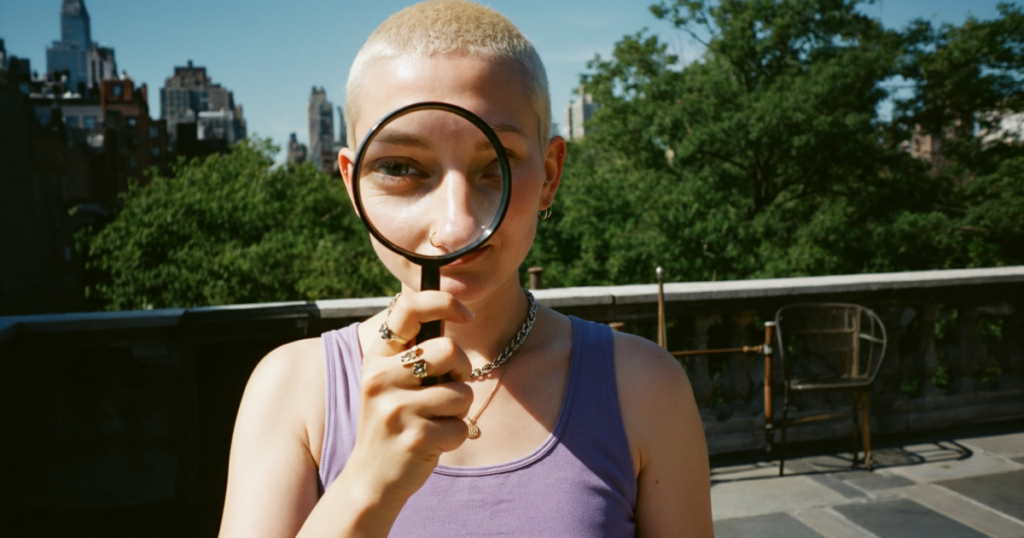
Analyzing Your Audience
Why is audience analysis crucial for determining the best posting times; shouldn’t this be something famous people do instinctively? Absolutely not — they’re armed to the teeth with endless data and everything is carefully crafted. Want to know how to analyze your audience’s activity on Instagram? Let’s dive in.
We’ve mentioned Instagram Insights, and if you’ve never gone to yours, it’ll blow your mind. And the data just gets better once you’ve been on the platform for at least 90 days and have at least 100 followers (some data is limited before those thresholds are reached).
The big caveat upfront is that you must have a creator account or a business account to gain access to insights. Here’s how to set up a business or creator account.
Once you’re in, go to your profile on the mobile app, and tap the “Insights” button (or access it from the three lines in the upper right). Under the “Overview” section, tap the metrics or specific content for a thorough breakdown. You’ll be able to see data on any content created after converting to a business or creator account.
Data available to view includes:
- Accounts reached (unique accounts that have seen your content at least once)
- Accounts engaged (unique accounts that have engaged with your content at least once)
- Demographics (top geographies, age ranges, and genders of those who view your content)
- Total followers (growth, age ranges, geographies, and times they’re most active)
- Content interactions (likes, comments, shares, saves, and replies for the last 90 days)
- Play counts (number of times a video automatically played or was clicked to play)
- Profile visits & clicks (how your content drives traffic to your profile and external links)
- Recent highlights (any notable increases in your performance)
Did you catch that about halfway through? “Times they’re most active” is in your Insights under the “Total followers” information. What does it say for yours? Does it line up with when you are most active on Instagram?
Let’s look at a few examples:
- An agricultural scientist posting about seed germination for farmers is not going to get as much traction on the platform at 5 a.m. when farmers are getting up and going, or at 2 a.m. when they’ve been asleep for hours. They’re there after dinner when they’ve finally taken their shoes off for the day.
- A software engineer posting about ethical hacks for fellow engineers won’t get much traction at 3 a.m. on a weeknight because an employed engineer is asleep in preparation for their next day at a desk. They also won’t be as engaged at 3 p.m. on a Tuesday because they’re at said desk.
Sure, people take breaks and pop open the ol’ Instagram, but determining peak times for your audience will dramatically improve your visibility. If they’re not there when you post, they can’t interact, and the algorithm thinks your post is unpopular and quickly shows it to no one. Bummer.
You can level up by also getting to know the demographics of who is interacting with your content. If you pay attention to this data, you’ll notice any time there is a shift, and your posting times may also need to be adjusted. If you suddenly go viral in Spain, for example, or if your demographic of who engages most starts to lean older, it’s time to experiment. That part’s pretty juicy — let’s get into it!
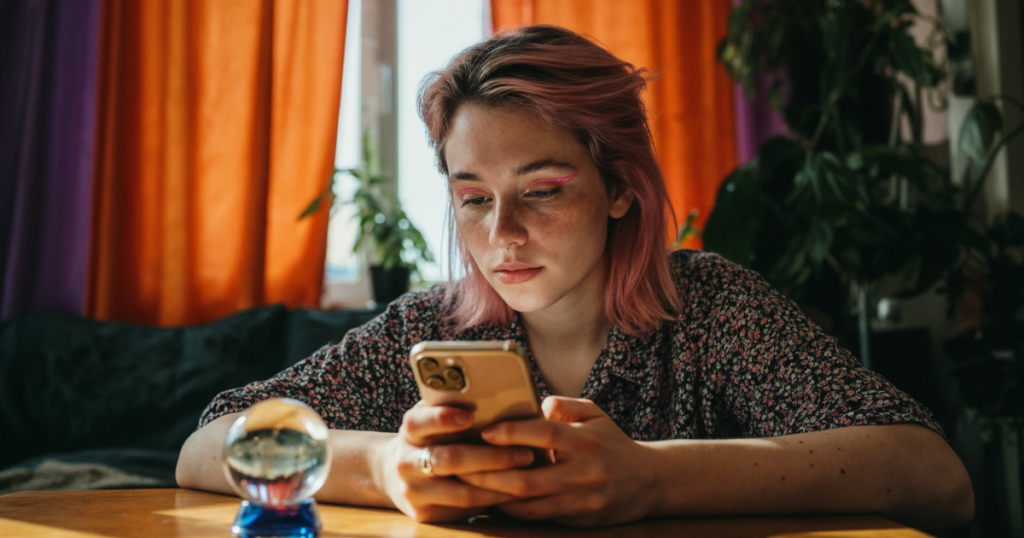
Tools and Techniques for Finding Optimal Posting Times
You’ve gotten a taste test — a sweet, sweet sample — by opening your Instagram Insights, but let’s go over how to get your hands on the whole enchilada.
Because you’re smart, you’re going to want to know what tools can help determine the best times to post on Instagram, and how analytics tools contribute to refining your Instagram posting schedule. Again, it’s not about instincts; it’s about data. Data, data, data.
Some tools are free, others have introductory pricing, but all successful personal and professional brands use third party social media tools to get their hands on as much data as they can. Here are a few to research and see if they fit your own needs:
- Hootsuite: Comprehensive analytics, including Instagram post metrics, engagement rates, follower growth, and, most importantly, insights into the best times to post based on your own audience’s activity levels.
Unique feature: Hootsuite has more team collaboration tools alongside different permission settings, ideal for large groups.
- Sprout Social: Detailed analytics and reporting, with insights into Instagram audience engagement, how specific content is performing, the ideal times to post, and social listening tools to monitor sentiments and mentions of your brand.
Unique feature: Smart inbox that consolidates messages from across all of your social platforms into a single stream to make engagement management easier for you.
- Later: Social media scheduling tool with analytics on your Instagram post performance, including optimal posting times from your audience activity and follower growth.
Unique feature: The drag-and-drop functionality for arranging posts and Instagram feed preview can ensure a cohesive aesthetic.
- Buffer: Analytics for your Instagram account, including engagement rates, follower growth, and post performance, alongside the best times to post and what types of content are performing most effectively.
Unique feature: Some cool built-in image creation tools help you design social media graphics on the fly.
- Iconosquare: In-depth analytics for Instagram, including post performance, engagement metrics, follower demographics, the best times to post, and competitor tracking.
Unique feature: Detailed Instagram Stories analytics give you a peek at Story performance and behavior patterns.
These tools all indicate the best time to post on Instagram based on your audience’s behaviors, and each has a bit of a different spin on helping you maximize your efforts, but there are a few things you’ll pour your time into that will set you apart: analyzing audience activity, getting a feel for engagement patterns, using those recommended posting times, implementing A/B testing (which we’ll discuss momentarily), regularly reviewing your data, and planning content around these insights.

Case Studies: Successful Instagram Posting Schedules
How have brands and influencers optimized their posting times for maximum engagement, and what can we learn from successful Instagram posting schedules? It all goes back to data. Not just having it, but getting to know your insights so well and revisiting them so often that you can detect any shifts in the numbers (good or bad).
Let’s take a quick look at two companies you’ve seen on Instagram and how they’ve honed in these efforts:
- Glossier: This beauty brand is famous because of its social media efforts, actively responding to comments and featuring user-generated content. Their customers are extremely loyal because of their community-building efforts, which they’ve done by being incredibly active. Quickly. When they post, they have staff on hand to immediately respond to all comments and push their engagement levels way up, landing on more feeds.
- Adidas: The famed shoe company tapped into user participation through its #MyNeoShoot campaign, which increased its followers and mentions. The success of this campaign relied on tapping into influencers and strategically timing their posts to coincide with high engagement periods, so their visibility would be maximized.
- Frank Body: This Australian skincare brand taps its audience’s peak engagement hours, particularly evening posts. To accommodate this, the team is ready to respond outside of traditional office hours. It doesn’t hurt that the brand’s content is extremely authentic and engaging, but aligning their posting schedules with audience behavior has made them a well-known brand in their sector.
These brands have big budgets and big teams, but if you get to know your data extremely well, you can perform at the next level, too. Just ask @DanBilzerian. Love or absolutely hate him, he used his adventures to post on Instagram and has since spun off various business ventures as a result. Think he did that without knowing his data inside and out?
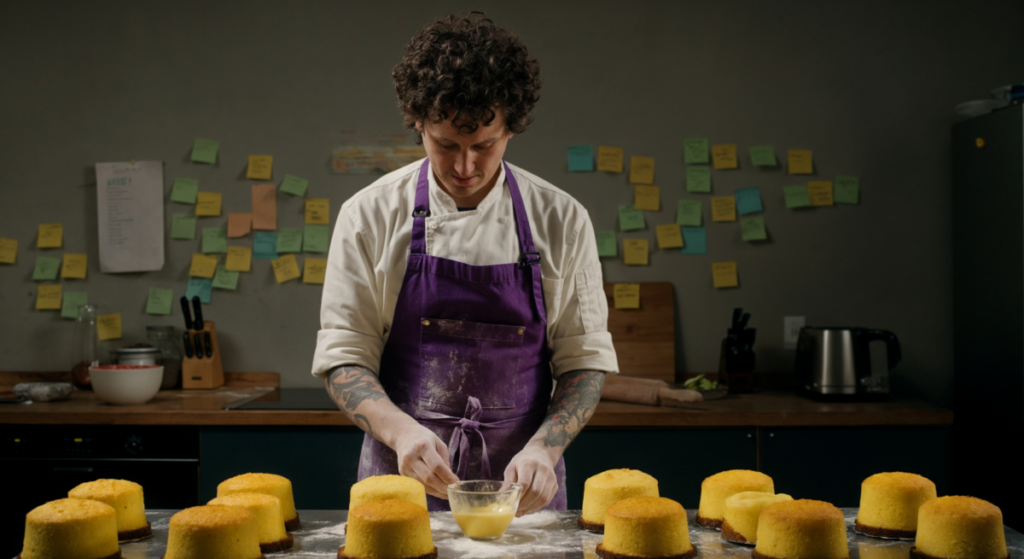
Testing and Adjusting Your Posting Times
Social media strategy is a lot like developing your own signature recipes in a kitchen. You try a dash of this, a spoonful of that, you bake, you fail, you bake again, and you obsess over it until you’ve got it just right. Then you test some more and make changes over time as you learn more about what people love about it.
It’s important to test and adjust your Instagram posting schedule for the same reason it’s critical to continually adjust your signature recipe — it’s yours, and only yours, and if you never make any adjustments, it all goes stale.
Now you probably want to know how to effectively experiment with different posting times, and that’s called A/B testing. Here’s a quick guide to A/B testing your content on Instagram:
- Identify what type of content you’ll test. The key to a good A/B test is that they’re similar enough that success or failure has more to do with timing than content. So in your first test (Test A) and your second test (Test B), make sure they’re both videos or both stories, and try to have a similar theme, style, and quality. They can’t be identical, but they should be similar.
- Choose different times to test. Choose at least two times to post your content, ideally when your audience is already active. Even if you don’t have the data yet, you’re building new data points with this testing.
- Post your content. Schedule or post your content so it is live at the exact time you want it to be. Try this for at least five rounds (or five days), so you have a baseline. If you have the luxury of doing this over a series of several weeks, more data is more power.
- Monitor your metrics. Track important engagement metrics from likes and comments to shares and saves. Instagram Insights or the aforementioned third-party tools can help you gather the data. If you run it on a simple spreadsheet, too, we’re not judging you — do whatever it takes to motivate yourself to track and pay deep attention to this data.
- Analyze your results. Compare the differences in your tests at different times and determine which have higher engagement rates. If you’re getting a ton of traction at lunchtime and none at night, your audience is probably enjoying you most while at work, and you can focus more effort on mid-day posts. But maybe your audience ignores your Reels during the day but loves them at night when they’re doomscrolling. You’ll get to know them much better through this A/B testing process.
Congrats, you now have the best time to post on Instagram, tailored just for you, by you!
- Now go do it again. And again. Periodically try A/B testing on your efforts to make sure there isn’t a time slot that your audience has shifted toward. That’s the secret to what the influencers and big brands do — they don’t just monitor; they do A/B testing all the time. Do yours at least quarterly because behaviors can change quickly.
Pro tip: Investing your time now to do A/B testing and learning this process will give you a sixth sense about your audience as you continue refining — it gets easier and faster over time and becomes second nature. The time now is worth it later, we promise!
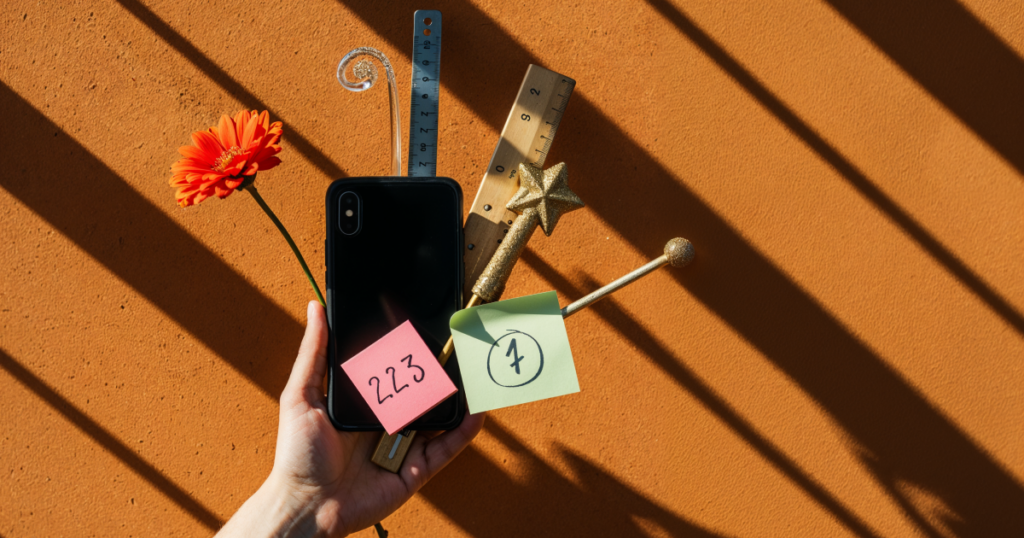
Best Practices for Instagram Posting
Now you know how to get that golden data, let’s talk about putting it into action. Through your A/B testing, you have a targeted best time to post, and now you can do the same type of testing for:
- Content variety: Test the performance of photos versus videos, carousels, Reels, and Stories. Depending on the demographics of your audience (and how they change over time), they’ll want to consume ultra-specific types of content.
- Think programmatically: Even if you can’t tell, most influencers think of their content like television programs, with different types of content being akin to different shows. Another way to think of it is themes — something fun on Fridays, some tutorials on Tuesdays.
- Consistency is golden: When people know what to expect, they’re more likely to show up and/or recognize what you’re putting into the world. And they’re also more likely to engage with it. It can also help to build anticipation! But a word of warning — posting too frequently can overwhelm and possibly annoy your audience, so find a balance that keeps them happy (which ultimately pleases the Instagram algorithm).
- Engage your audience: How would you feel right now if your favorite celebrity responded to one of your comments on Instagram? You’d feel elation, and you’d tell everyone you know, right? To a degree, your audience will feel that, too, especially people you don’t know offline or in person — those are the people you’re looking to attract. Some feel that not commenting elevates them over others, but it also is a wasted engagement opportunity. Until you’re bbno$, respond to as many comments as you can, and set aside time for when you’ve just posted to get engagement levels up as quickly as possible.
- Plan ahead, folks: There are plenty of tools that automate scheduling (see above for Hootsuite, Buffer, and Later), which also helps you choose the optimal time for posting on Instagram, per your data. Use a content calendar to plan and schedule your posts in advance to make sure you have a steady flow of content and keep up your consistency.
Just as we talked about in A/B testing, regularly review your data and adjust accordingly. Shift your schedule and content to stay fresh, and be ready to adjust your overall strategy if your audience changes over time. Remain flexible and stay curious about your data!
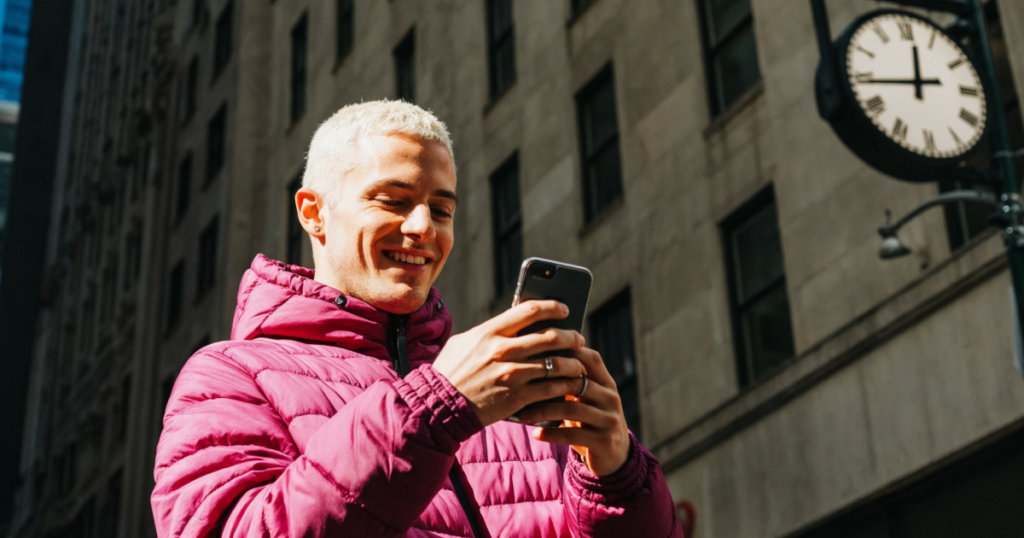
Conclusion
Timing is everything, and being intimately familiar with your account’s data is how you’ll find the best time to post on Instagram. The key takeaways are:
- The best time to post on Instagram: Identifying and posting during the peak engagement times for your audience is the only time for you to post on Instagram.
- Engaging the algorithm: Several strategies help align your content with the Instagram algorithm, such as consistent posting and rapidly responding to comments immediately after posting to boost early engagement levels.
- Audience analysis: Using tools like Instagram Insights to understand your audience’s demographics and behavior will help you time your content for maximum success. Third-party tools can help identify the best time to post on Instagram, so don’t sleep on those.
- A/B Testing: Experimenting with different posting times will help you refine and optimize your schedule, and continually refining will help you to level up.
- Content variety and planning: Balancing the different types of content and planning posts in the future will help with consistency. Audience anticipation and engagement build up when they know what to expect (and are excited for it).
Social media best practices change at a record pace these days, and keeping up isn’t too difficult when you’re constantly in touch with your data — if you’ve done your homework, you’ll typically know how trends are shifting before you read about it anywhere.
We’re so excited to see what you come up with. You have the playbook that most people will still fail to put into play because it takes work. But with a bit of effort, your Instagram engagement levels are about to skyrocket!
The contents of this blog were independently prepared and are for informational purposes only. The opinions expressed are those of the author and do not necessarily reflect the views of ManyChat or any other party. Individual results may vary.